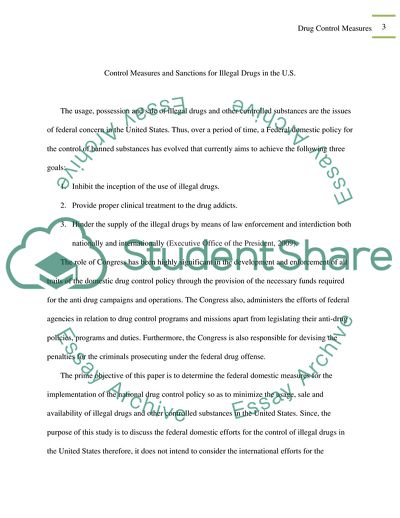Cite this document
(Control Measures and Sanctions for Illegal Drugs in the U.S Research Proposal, n.d.)
Control Measures and Sanctions for Illegal Drugs in the U.S Research Proposal. https://studentshare.org/politics/1779072-control-measures-and-sanctions-imposed-for-the-usage-sale-or-possession-of-illegal-drugs-and-controlled-substances-in-the-united-states
Control Measures and Sanctions for Illegal Drugs in the U.S Research Proposal. https://studentshare.org/politics/1779072-control-measures-and-sanctions-imposed-for-the-usage-sale-or-possession-of-illegal-drugs-and-controlled-substances-in-the-united-states
(Control Measures and Sanctions for Illegal Drugs in the U.S Research Proposal)
Control Measures and Sanctions for Illegal Drugs in the U.S Research Proposal. https://studentshare.org/politics/1779072-control-measures-and-sanctions-imposed-for-the-usage-sale-or-possession-of-illegal-drugs-and-controlled-substances-in-the-united-states.
Control Measures and Sanctions for Illegal Drugs in the U.S Research Proposal. https://studentshare.org/politics/1779072-control-measures-and-sanctions-imposed-for-the-usage-sale-or-possession-of-illegal-drugs-and-controlled-substances-in-the-united-states.
“Control Measures and Sanctions for Illegal Drugs in the U.S Research Proposal”. https://studentshare.org/politics/1779072-control-measures-and-sanctions-imposed-for-the-usage-sale-or-possession-of-illegal-drugs-and-controlled-substances-in-the-united-states.


